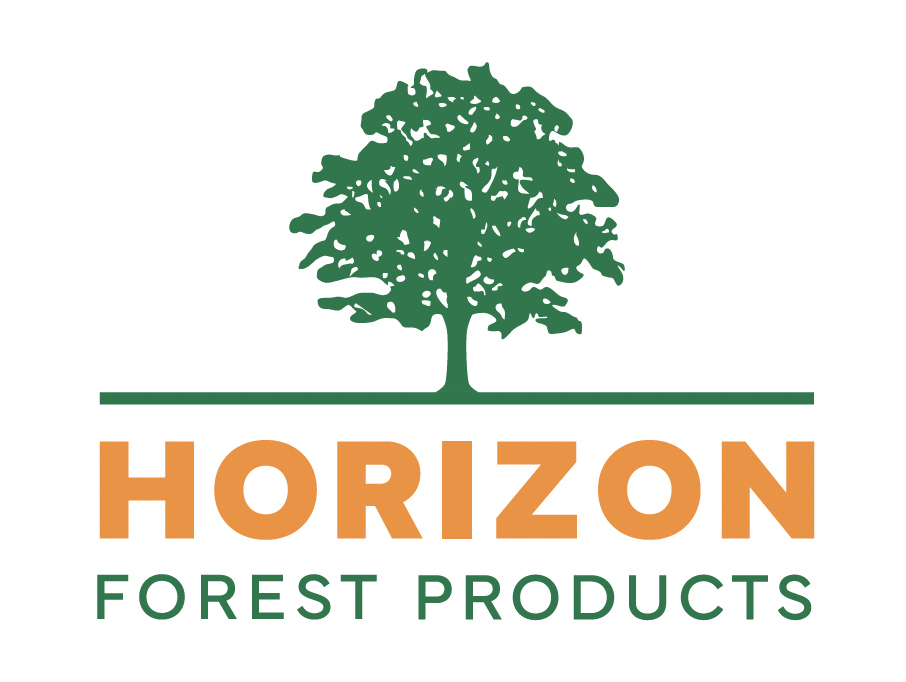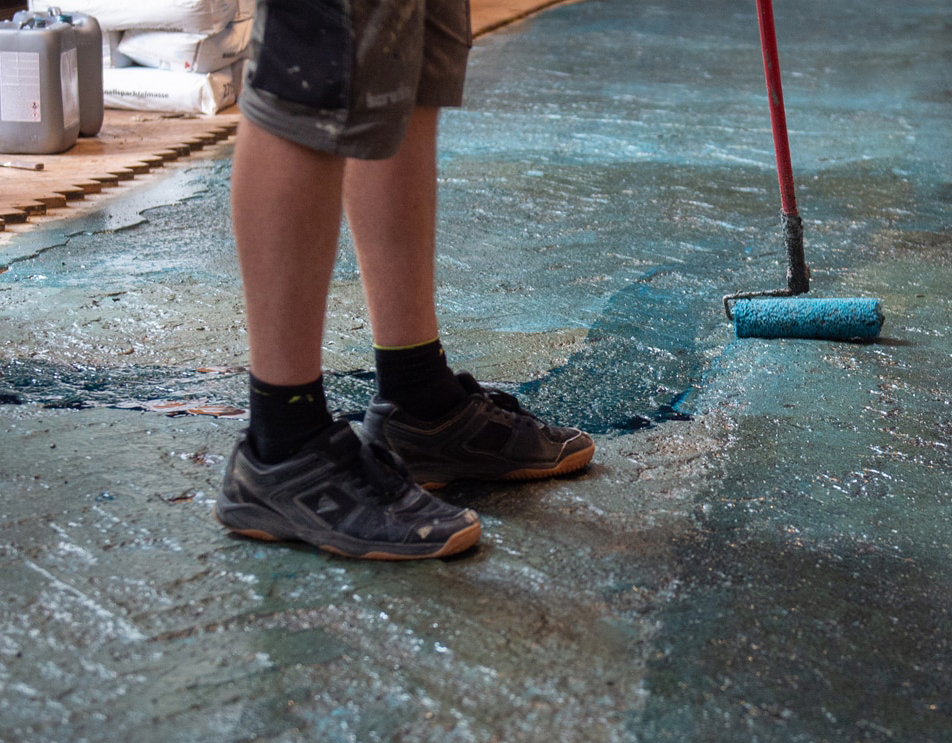Why do the words “moisture mitigation” often sound like dirty words?
The short answer is not so short.
The speed of construction and the demands on tighter budgets has pressed installation contractors into a fear of including this option in their proposals for fear of losing the bid. All too often it only becomes a discussion just prior to installation of floor covering. There is typically no “discretionary budget” left at this point and nobody is happy about trying to find a money tree. Unfortunately, much of the focus is directed towards the installation contractor and if they have not had this conversation in advance then, I am sorry to say, it is their fault.
The single best way to avoid this situation is at the specification stage. When the specifier includes moisture mitigation (and appropriate substrate preparation) as an option for bid submittal then every contractor can submit their numbers and those funds can be held in the budget until they are needed, or not. Moisture testing for concrete substrates should NEVER be an “option.” It is a requirement of ever mitigation, adhesive, and flooring manufacturer, as well as ASTM F 710 standards.
The second best way to avoid this situation is for installation contractors to simply refuse to proceed with an installation that is outside the parameters acceptable for installation. Obviously, this can create significant tension when this conversation is being had for the first time when installation is ready to begin. The technical departments of virtually every mitigation and adhesive system manufacturer will support the installation contractor when they refuse to “do it wrong.” As we all know, once they start installing floorcovering, they “own” the substrate regardless of how many pieces of paper the G.C. signed off on. The installer is the professional. Period. And that is how the courts will see it, should it get to that point.
Let’s start with the assumption that moisture mitigation was specified and even a particular system was called out. Now we can look at the different types of moisture mitigation systems that may be encountered:
Poly Sheeting (plastic): 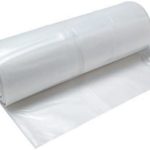
- Typically, 6 mil plastic with overlapped and sealed seams and run up the wall. Only suitable for floating floor installations.
- Will completely stop vertical moisture movement but increases chance of mold generation between plastic and substrate
Loose Lay Sheets (infused paper type):
- Semi-rigid sheets with taped seams. Most often used under LVT/LVP (float and glued)
- Varying moisture limits depending on system installed but holds the same concern from condensed moisture between it and the slab.
Penetrating Systems: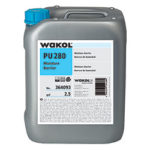
- Designed to penetrate the capillaries of the concrete. Generally, require an absorbent substrate (per ASTM F 3191). Can be water-based, urethane-based, or silane-based in formulation.
- Varying limits. Penetrating systems essentially become part of the substrate and block or slow moisture in the slab before it can reach the top.
Film Forming Systems:
- Two Component Epoxy systems are the most common option and have decades of proven success. There are also one component urethane and silane based options that act more like a hybrid with some penetration and some film forming properties.
- Varying limits. Purely film forming systems required a specific mechanical surface profile (typically CSP #3) obtained by shot/bead blasting. The film thickness is also critical to the performance.
Membrane systems:
- These types of systems are primarily urethane based but there are silane based systems as well. They are applied in a more liquid state and cure to a more solid state.
- Varying limits. Substrate profile and preparation are critical and may have limited options for surface treatment.
- All-in-one adhesive systems. Primarily for wood flooring installation.
- Varying limits. Can be effective. Highly increased consumption of adhesive. More difficult installation. Most require 100% transfer for warranty which can be incredibly difficult to achieve.
As you can see there are many different options to choose from all of which will have different levels of moisture protection up to and including “no limits/no testing required”. It is important that you understand the type of system you are using, have asked their technical departments and representatives all of the questions you may have, and apply/install the system how it is intended following all of the manufacturer’s instructions. Even “similar” systems can have very different properties so again contact that manufacturer’s technical team or your local rep. and wear them out with questions BEFORE you begin.
___________________
Written by Don Jewell, Head of Technical at Loba-Wakol, LLC
Loba-Wakol, LLC based in Wadesboro, North Carolina is the North American subsidiary of German market leaders Loba and Wakol who have partners and subsidiaries in over 40 countries throughout the world.
